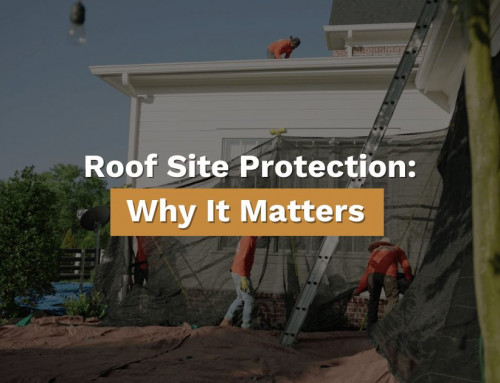
Highlights for Winter to Spring Roof Maintenance
As winter fades and spring takes over in Middle Tennessee, it’s time to check in on your roof. Cold temperatures can cause winter roof damage like ice dams, roof leaks, and missing shingles. Clogged gutters and poor attic insulation can lead to excess moisture and attic mold. A simple seasonal roof inspection can prevent costly repairs. Five Points Roofing offers comprehensive services to keep your roof in top shape year-round.
Table of Contents
Why Spring Roof Maintenance is Essential
Middle Tennessee’s weather brings unpredictable changes, making seasonal roof maintenance a must. Winter weather can cause structural damage, and if you don’t catch it early, small issues like damaged shingles or improper installation can turn into major headaches.
Spring is the perfect time to take action. Whether you’re in Nashville, Franklin, Brentwood, or nearby, knowing how to prepare your roof for spring and take preventative steps can save you time and money. In this guide, we’ll cover what to look for and how to get your roof ready for the warmer months.
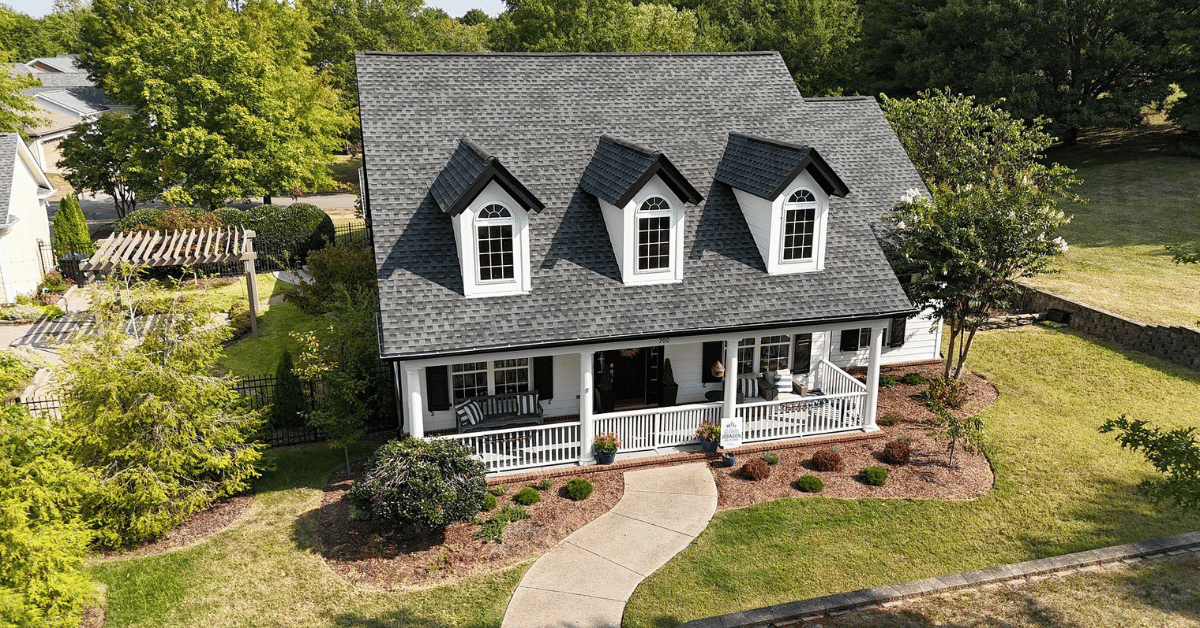
Understanding Winter Roof Damage
How Winter Affects Your Roof
Winter weather in Middle Tennessee brings freezing rain, snow, and temperature swings that can wreak havoc on your roof.
One big culprit is ice dams. When heat from your attic melts snow on the roof, the water runs down and refreezes at the edges, blocking drainage. This trapped water can seep into your home, causing leaks and mold. A roof leak can often be identified by signs such as black mold and saturated insulation in the attic.
The freeze-thaw cycle can also cause roof damage. Water sneaks into tiny cracks in shingles and refreezes overnight, expanding and breaking them apart. Left unchecked, this leads to serious roof damage and wood rot.
Common Signs of Winter Roof Damage and Roof Leaks
-
Missing or cracked shingles: Heavy winds and cold temperatures can loosen shingles, exposing your roof to water damage.
-
Clogged gutters: Ice, leaves, and other debris block gutters, leading to water buildup and leaks.
-
Warped flashing: The metal around chimneys and vents can shift with temperature changes, letting moisture in.
-
Poor attic insulation: Excess moisture and improper ventilation can lead to attic mold and rust.
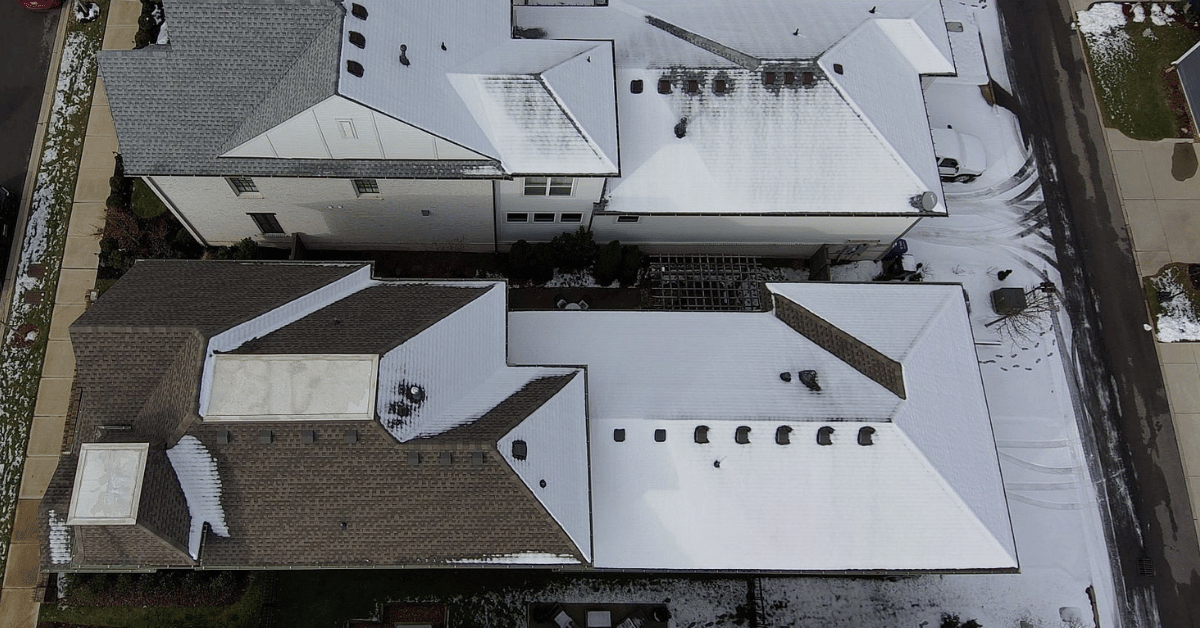
Seasonal Roof Inspection: What to Look For
Quick DIY Inspection Tips
You don’t need to be a roofing expert to check for trouble. A few key things to look for:
-
Roof’s shingles: Are they curling, cracked, or missing?
-
Gutters and downspouts: Make sure they’re clear and draining properly.
-
Attic leaks: Check for water stains, mold, or poor attic ventilation.
-
Structural integrity: Inspect your roof from the ground using a garden hose to see how water flows.
Why a Professional Roof Inspection is Worth It
While a DIY check helps, having your roof inspected by a HAAG Certified Inspector—like those at Five Points Roofing—ensures a thorough evaluation. Roofing contractors can catch issues like storm damage, improper installation, or weak spots that might go unnoticed. Scheduling a yearly inspection can prevent costly repairs and roof replacement down the line.
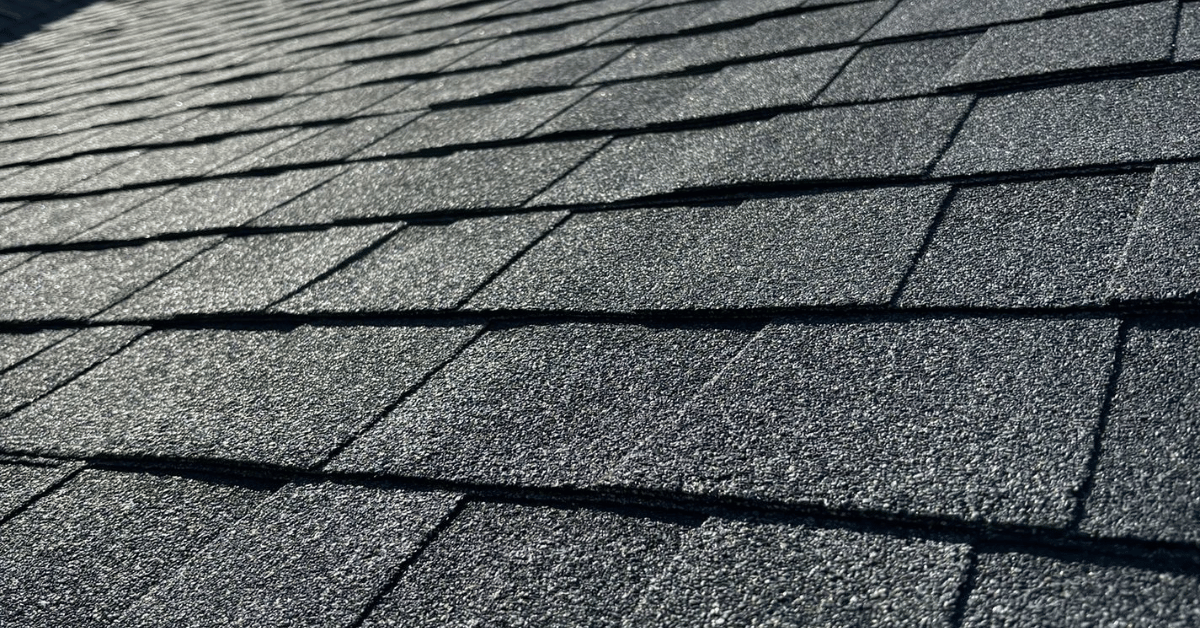
Spring Roof Preparation Checklist
Cleaning & Basic Maintenance
-
Downspouts & clean gutters: Prevent blockages that cause leaks and water damage.
-
Remove moss & algae: These weaken shingles over time and lead to roof repair needs.
Structural & Material Checks
-
Repair damaged shingles: Replace any that are cracked or missing.
-
Inspect flashing: Make sure areas around chimneys, vents, and skylights are sealed properly.
-
Check for wood rot: Excess moisture can lead to deterioration.
Water Management & Ventilation
-
Check downspouts: Ensure proper drainage to prevent water buildup.
-
Ensure proper attic ventilation: A well-ventilated attic prevents mold and helps maintain your roof’s structural integrity.
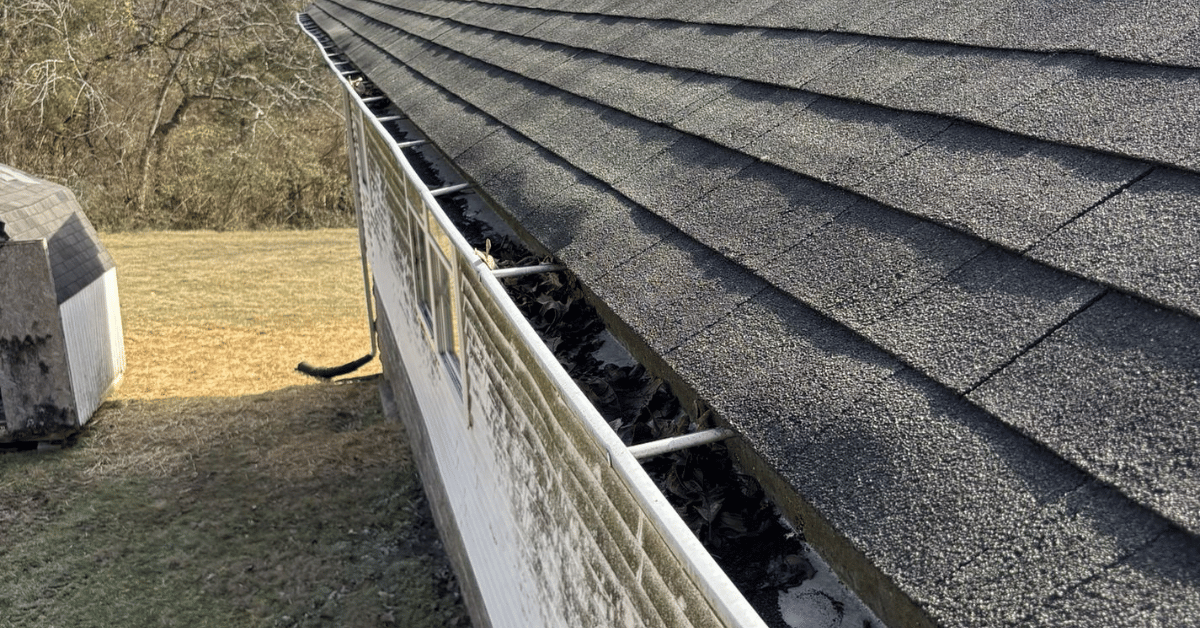
Understanding Roofing Materials
Durability and Lifespan of Different Materials
When it comes to choosing the right roofing material for your home, durability and lifespan are key factors to consider. Different roofing materials offer varying levels of resistance to weathering, wear and tear, and environmental factors. Here’s a brief overview of some common roofing materials and their expected lifespan:
-
Asphalt shingles: Typically last 20-30 years. They are a popular choice due to their affordability and ease of installation.
-
Metal roofing: Known for its durability, metal roofing can last 30-50 years. It’s resistant to extreme weather conditions and requires minimal maintenance.
-
Slate roofing: One of the most durable options, slate roofing can last 50-100 years. It’s highly resistant to fire and weather damage but can be more expensive.
-
Clay tile roofing: With a lifespan of 50-100 years, clay tiles are both durable and aesthetically pleasing. They are ideal for hot climates as they reflect heat.
-
Concrete tile roofing: These tiles can last 30-50 years and are known for their strength and resistance to harsh weather conditions.
-
Wood shingle roofing: Typically lasts 20-30 years. Wood shingles offer a natural look but require regular maintenance to prevent issues like rot and insect damage.
It’s important to note that the lifespan of roofing materials can be influenced by factors such as climate, maintenance, and installation quality. Regular roof inspections and maintenance can help extend the lifespan of your roof, ensuring it remains in top condition for years to come.
Signs You Need a Roof Replacement
Identifying the Need for a New Roof
Knowing when to replace your roof can be challenging, but there are several telltale signs that indicate it’s time for a new one. Here are some common signs to look out for:
-
Missing or damaged shingles: If you notice missing or damaged shingles, it’s a clear sign that your roof is no longer providing adequate protection. Damaged shingles can lead to roof leaks and further roof damage.
-
Clogged gutters: Clogged gutters can cause water to back up onto your roof, leading to leaks and water damage. Keeping your gutters and downspouts clean is essential to prevent these issues.
-
Poor attic insulation: Poor attic insulation can cause heat to escape, leading to increased energy bills and potential roof damage. It can also contribute to the formation of ice dams during winter.
-
Roof leaking: Water stains on your ceiling or walls are a sign that your roof is leaking and needs immediate attention. Roof leaks can lead to significant structural damage if not addressed promptly.
-
Winter roof damage: Winter weather can cause significant damage to your roof, including ice dams, snow buildup, and frozen gutters. These issues can lead to roof leaks and wood rot.
-
Wood rot: Wood rot occurs when water seeps into your roof and damages the underlying structure. It’s a serious issue that requires professional roof repair or replacement.
If you notice any of these signs, it’s essential to consult with a professional roofing contractor to determine the best course of action. A timely roof replacement can prevent further damage and ensure your home remains protected.
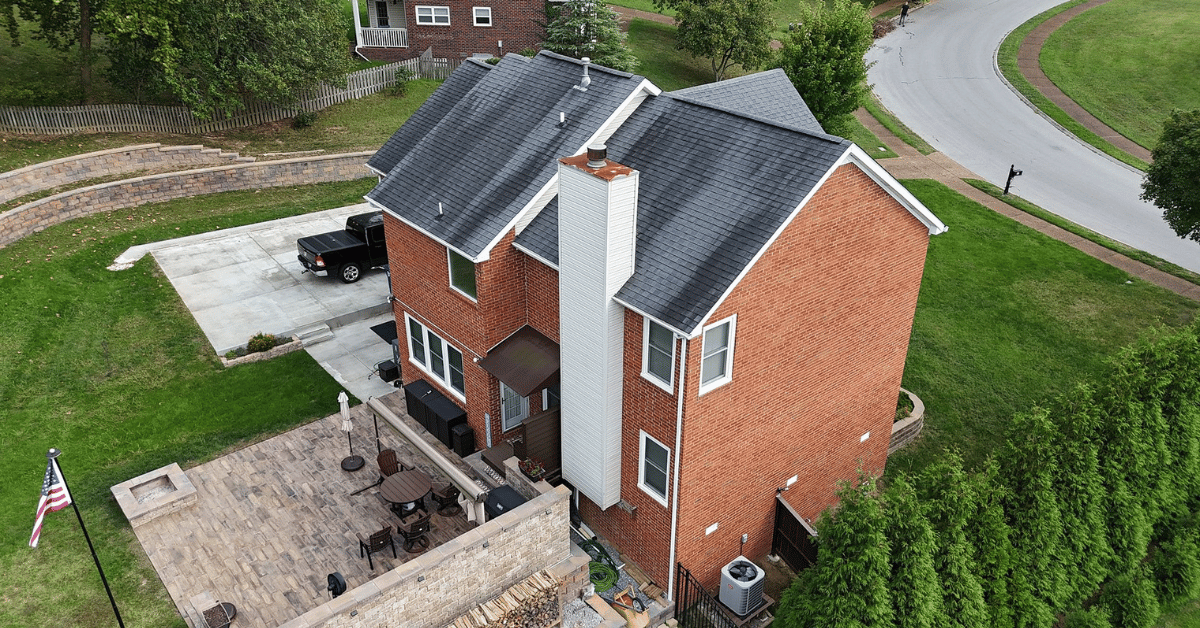
Choosing the Right Roofing Contractor
Choosing the right roofing contractor is crucial to ensure your roof is installed or repaired correctly. Here are some tips to help you find a reliable and trustworthy professional:
-
Look for experience: Choose a contractor with extensive experience in roofing installations and repairs. Experienced contractors are more likely to provide high-quality work and handle unexpected issues effectively.
-
Check licenses and certifications: Ensure the contractor is properly licensed and certified to work in your state. This guarantees they meet the necessary standards and regulations.
-
Read reviews and ask for referrals: Check online reviews and ask for referrals from friends and family to get a sense of the contractor’s reputation. Positive feedback from previous clients is a good indicator of reliable service.
-
Get multiple quotes: Obtain quotes from multiple contractors to compare prices and services. This helps you make an informed decision and ensures you get the best value for your money.
-
Check insurance and warranties: Ensure the contractor has adequate insurance to cover any potential damages or accidents. Additionally, look for contractors who offer warranties on their work, providing you with peace of mind.
By considering these factors, you can find a reliable and trustworthy roofing contractor to help you with your roofing needs. A professional contractor will ensure your roof is in top condition, protecting your home from the elements year-round.
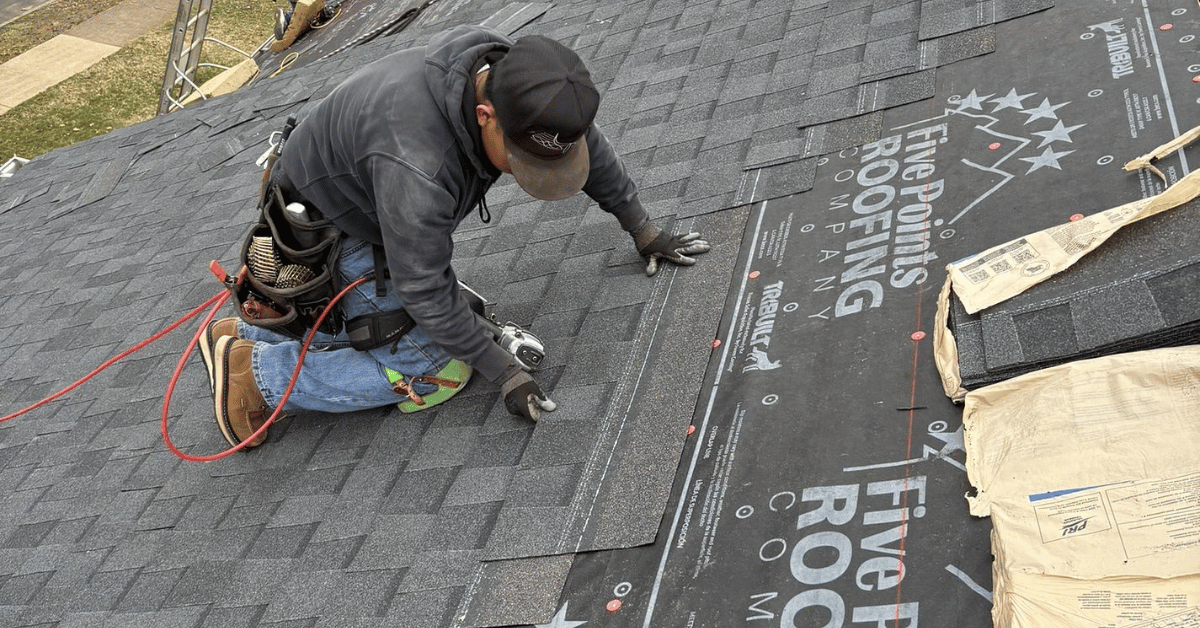
Keeping Your Roof Strong Through the Seasons
Preparing for Summer Storms
Middle Tennessee’s spring rains and summer storms can be harsh, so it’s best to reinforce your roof now.
-
Secure loose shingles: Heavy winds can rip off weak shingles, exposing your home to leaks.
-
Check & seal flashing: Make sure water can’t sneak in through vents and chimneys.
Long-Term Roof Care Strategies
-
Stay on a maintenance schedule: Regular inspections and repair services prevent big problems.
-
Consider durable roofing materials: Architectural shingles and metal roofing hold up well in Tennessee’s climate.
-
Home improvement projects: Investing in a new roof or minor repairs can extend your home’s life.
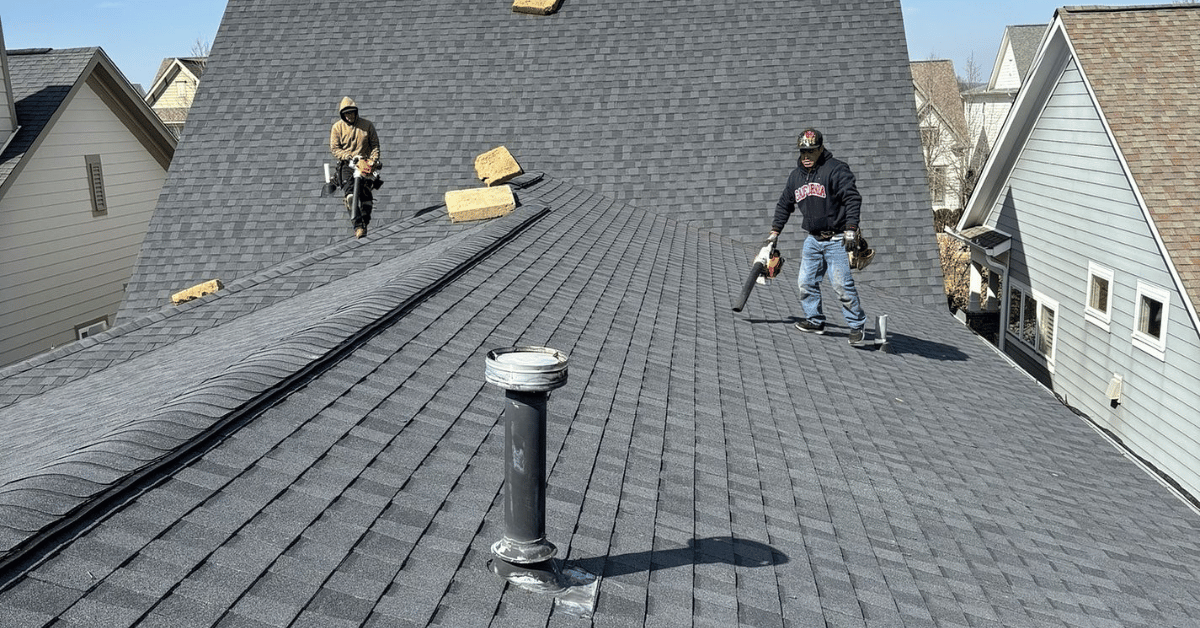
When It’s Time to Call the Pros
If you notice any of these signs, don’t wait—call a professional:
-
Water stains or leaks in your attic.
-
Large sections of missing or curled shingles.
-
Structural damage after a storm.
At Five Points Roofing, we provide comprehensive services for homeowners in Franklin, Nashville, Brentwood, and beyond. Our roofing contractors specialize in roof repair, roof replacement, and preventative maintenance. As a family-owned business, we take pride in keeping your roof in top shape year-round.

Conclusion
Spring is the best time to assess and fix any roof damage from winter. A seasonal inspection, gutter cleaning, and minor repairs now can save you from bigger issues later.
For expert roof maintenance in Middle Tennessee, reach out to Five Points Roofing. Whether you need a new roof or repairs, we’re here to help homeowners in Nashville, Franklin, Brentwood, and beyond keep their roofs in great condition year-round.




